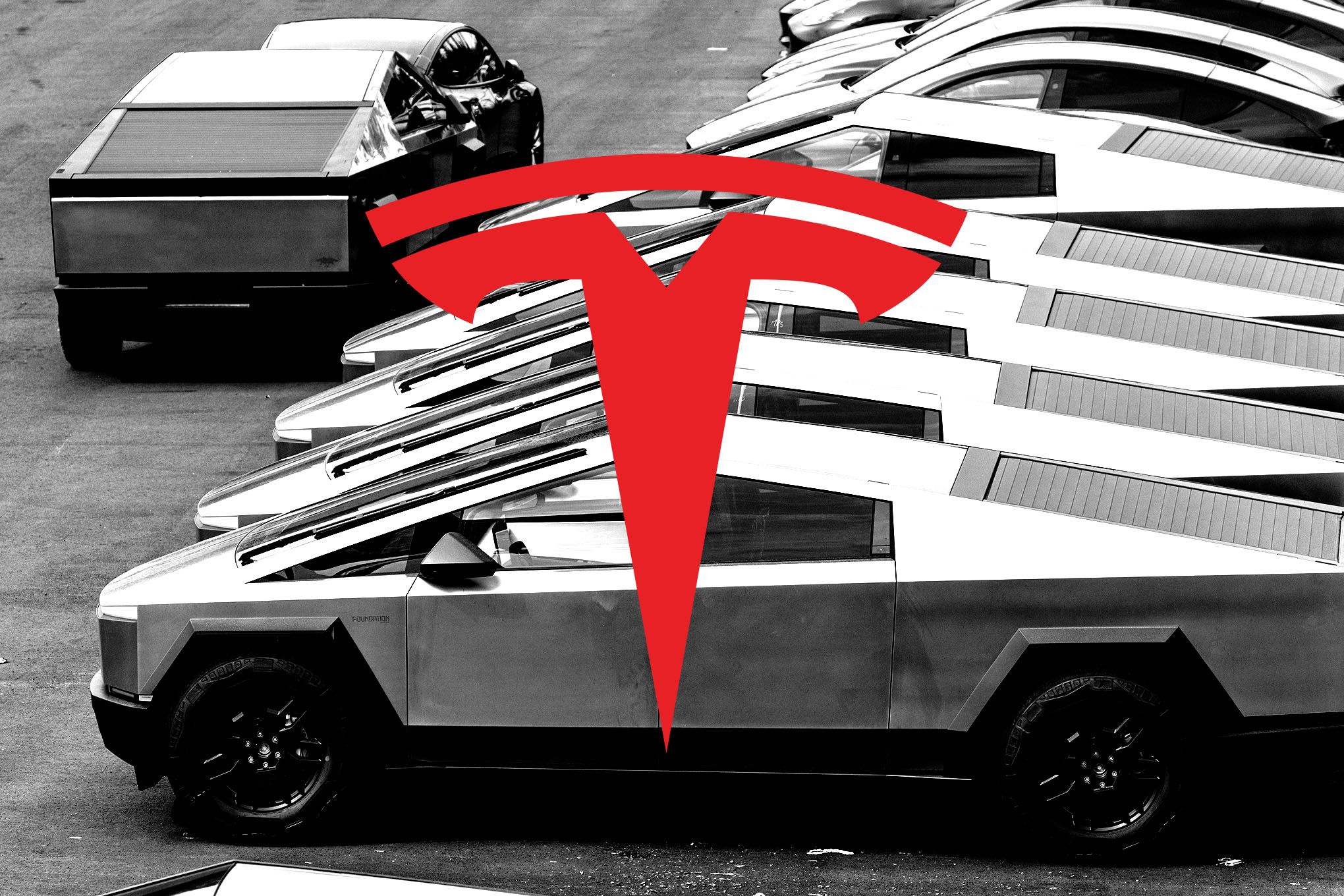A California family has filed a wrongful death lawsuit against Tesla, claiming the Cybertruck's electronic door handles trapped 19-year-old Krysta Tsukahara inside a burning vehicle after a November crash in Piedmont. The case highlights growing safety concerns about Tesla's door design that have prompted an NHTSA investigation and forced the company to announce redesign plans.
Tesla is facing its most serious Cybertruck safety challenge yet. The family of 19-year-old Krysta Tsukahara filed a wrongful death lawsuit in California court Thursday, alleging the electric vehicle's "dangerously defective" electronic door handles trapped her inside a burning vehicle after a November crash in Piedmont, California.
The case centers on a tragic sequence of events that began when a Cybertruck carrying four young people hit a tree. The crash immediately killed driver Soren Dixon, 19, and passenger Jack Nelson, 20. But Tsukahara survived the initial impact with only minor injuries, according to court documents obtained by The New York Times.
That's when the Cybertruck's design allegedly became deadly. The vehicle caught fire "for an unknown reason," and its electronic door system failed when power was lost. The lawsuit claims Tsukahara couldn't escape and died from smoke inhalation and burns. A fourth passenger managed to survive.
"A passenger would have to remove the liner, locate the loop, and pull it forward — an obscure and impractical maneuver in an emergency," the lawsuit states, describing the manual release mechanism tucked beneath a rubber mat in the rear door's map pocket. The family argues this design "created a highly foreseeable risk that rear-seat occupants who survived a crash would nevertheless remain trapped."
The Cybertruck's door system abandons traditional handles entirely. From outside, drivers must press a release button on the door pillar while holding a key. Inside, passengers have to press a button and push to exit. While Tesla's owner manual describes a manual release cable, the lawsuit argues its location makes it virtually useless in emergencies.
This isn't an isolated concern. Bloomberg's investigation earlier this year documented multiple incidents where Tesla vehicles lost power and trapped passengers inside. The reporting revealed a pattern of entrapment cases across Tesla's lineup, not just the Cybertruck.
The National Highway Traffic Safety Administration responded by opening an official investigation into Tesla's door handles. During a September , Tesla design chief Franz von Holzhausen acknowledged the company is working on a redesign that would combine electronic and manual functions into one button, potentially making escape easier in "panic situations."












